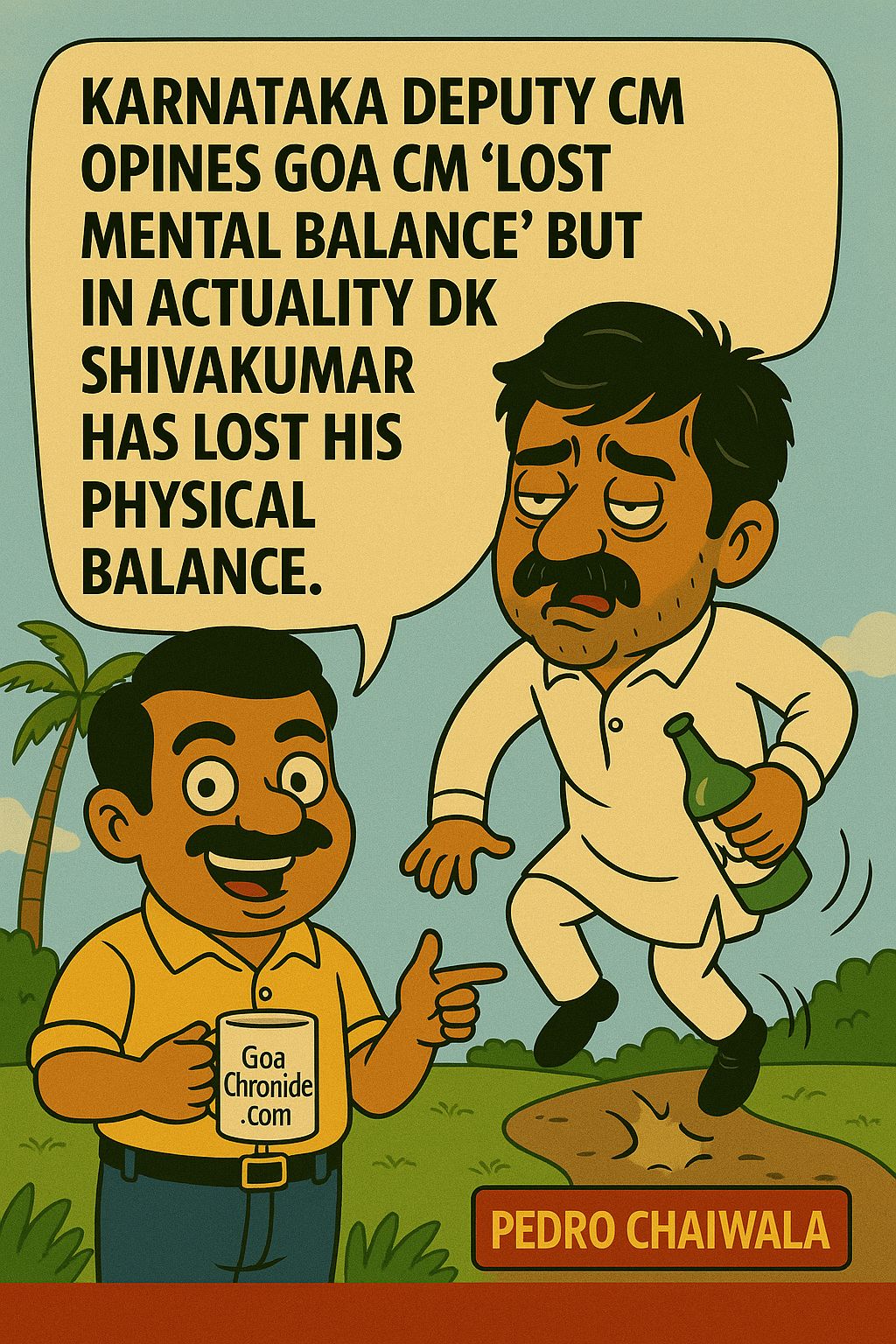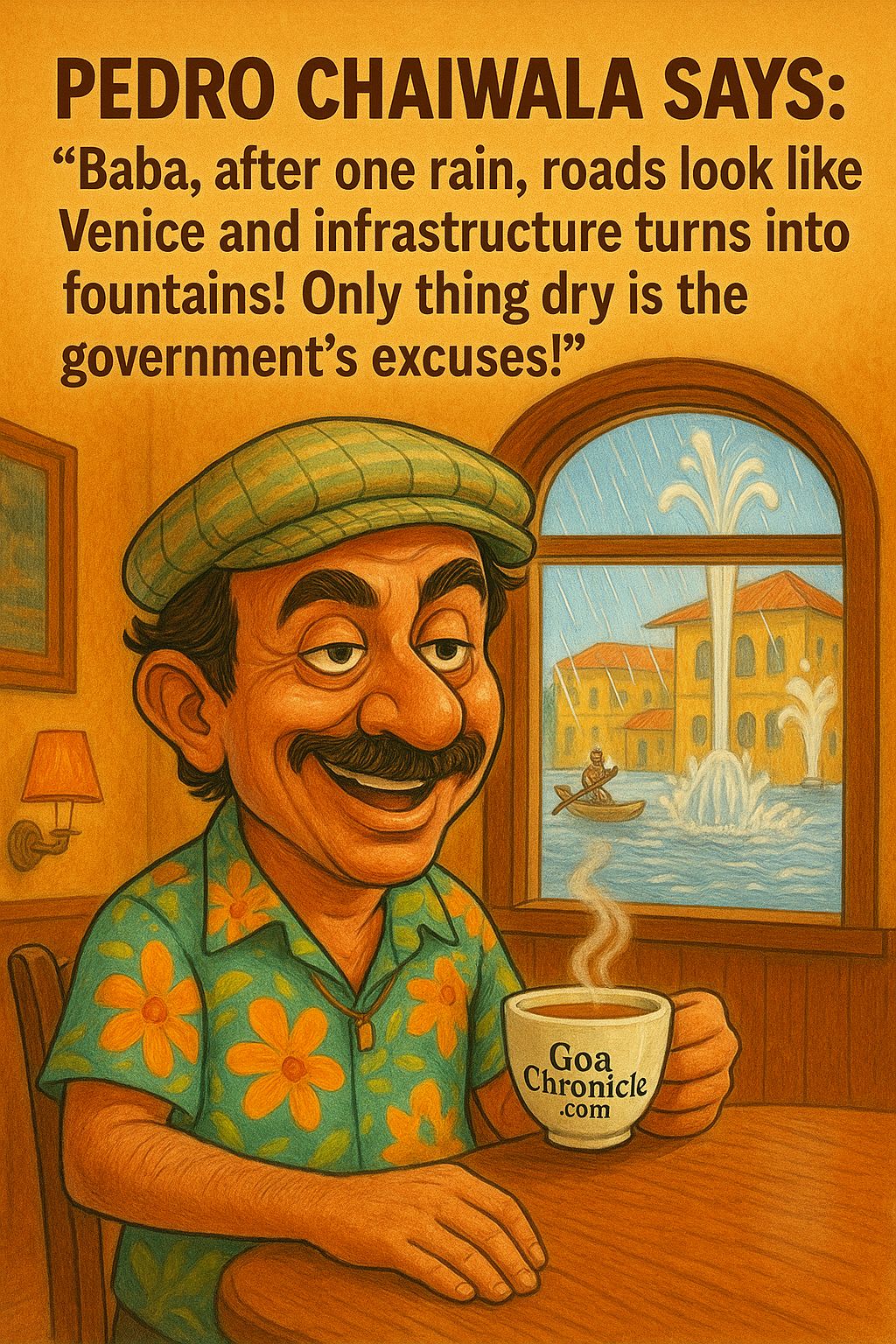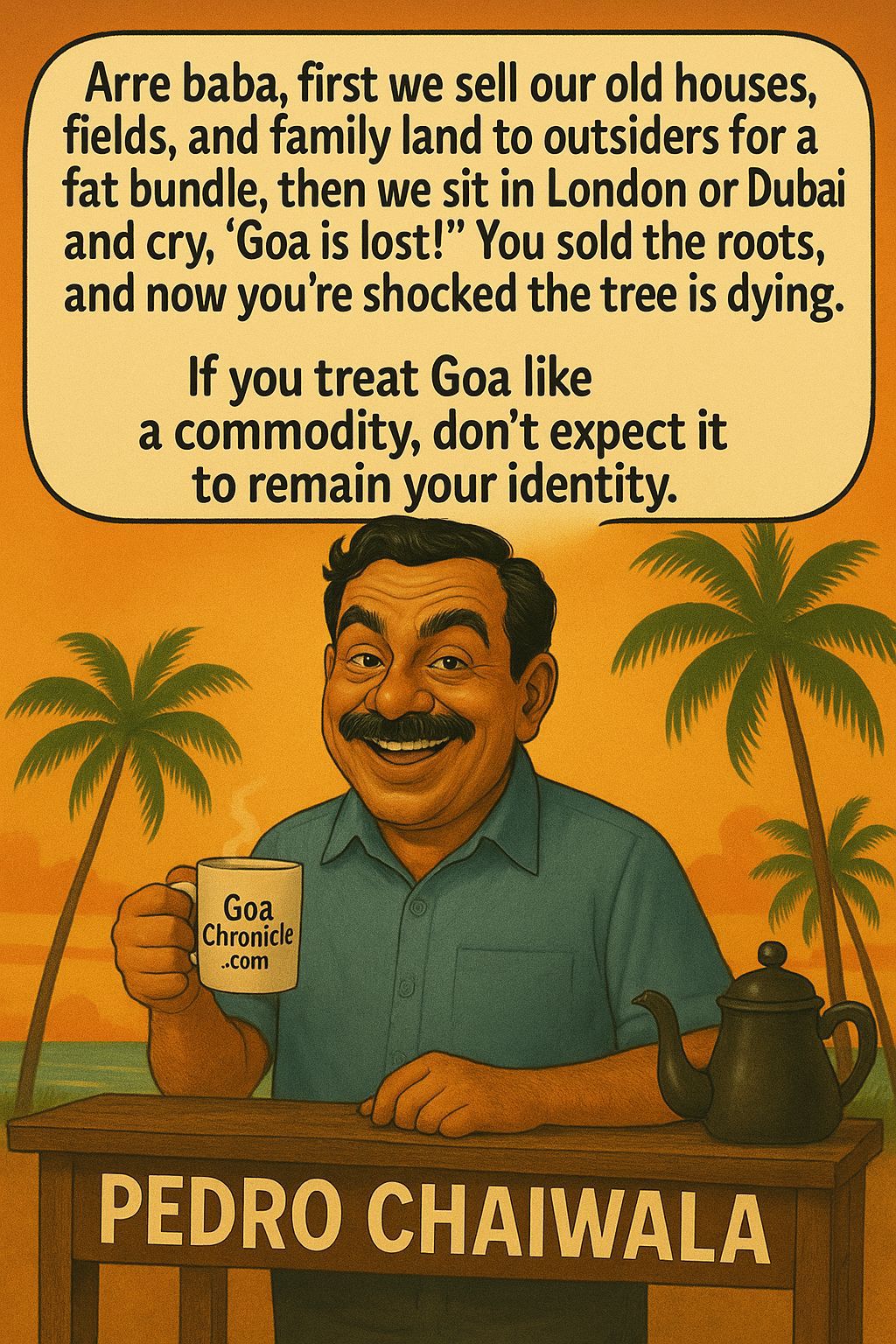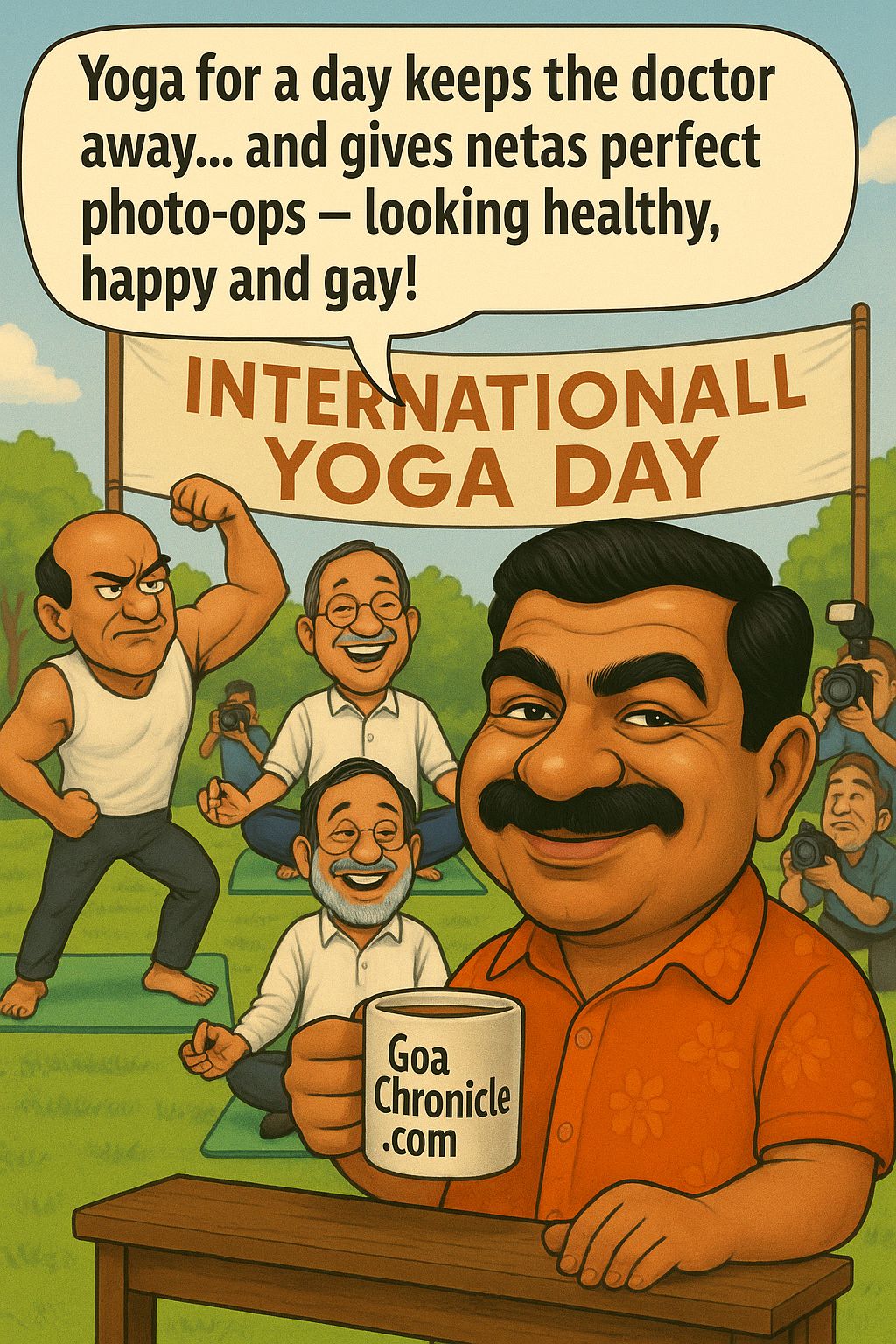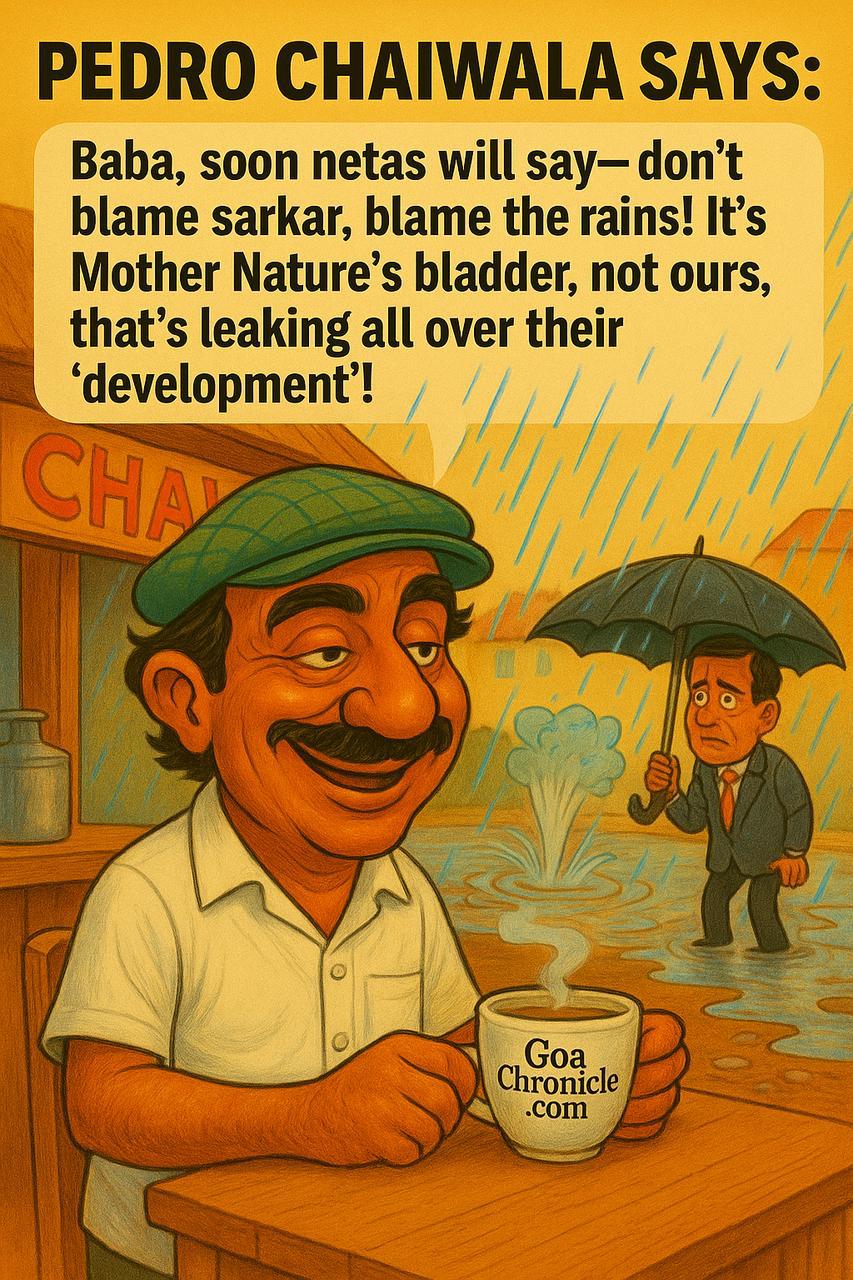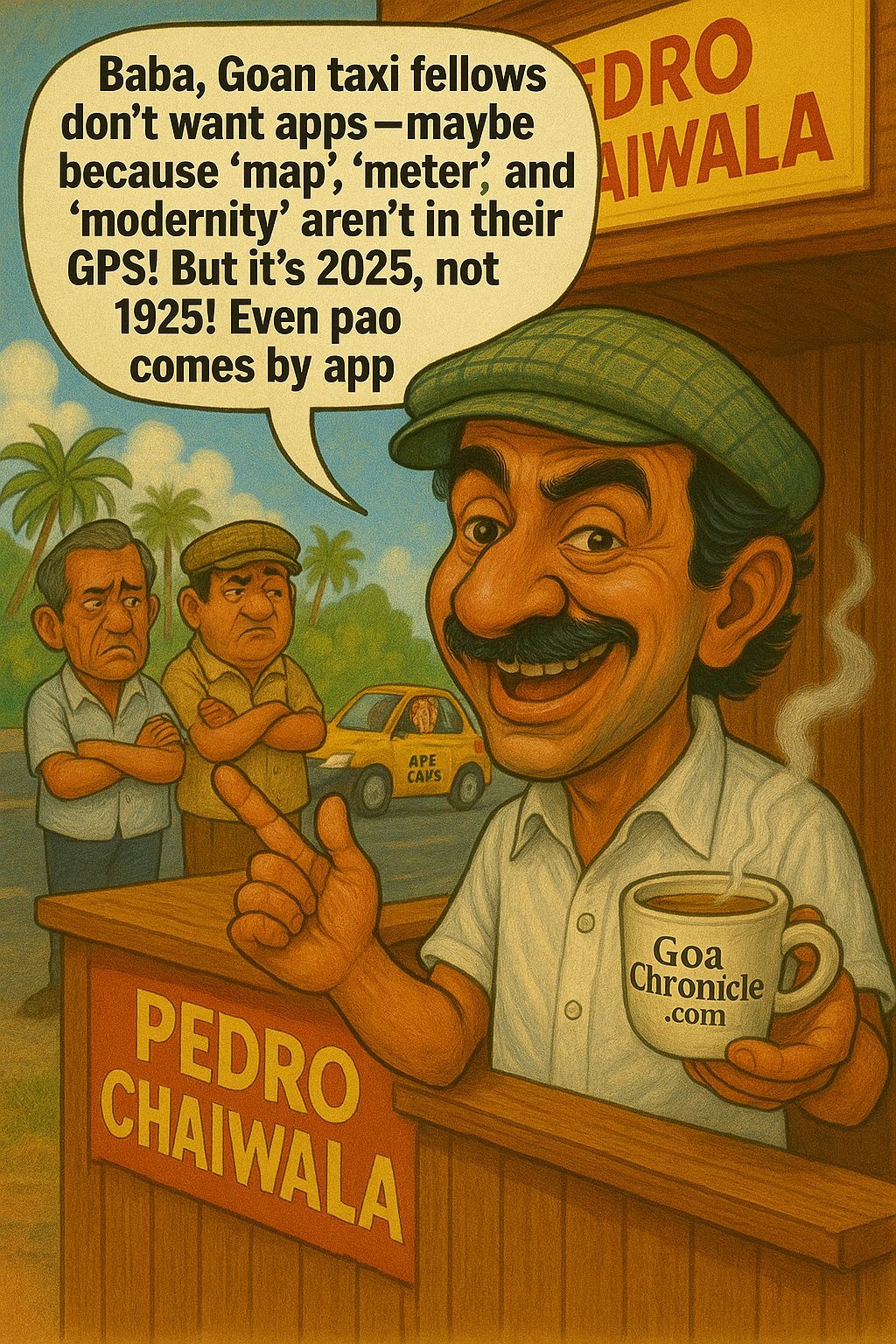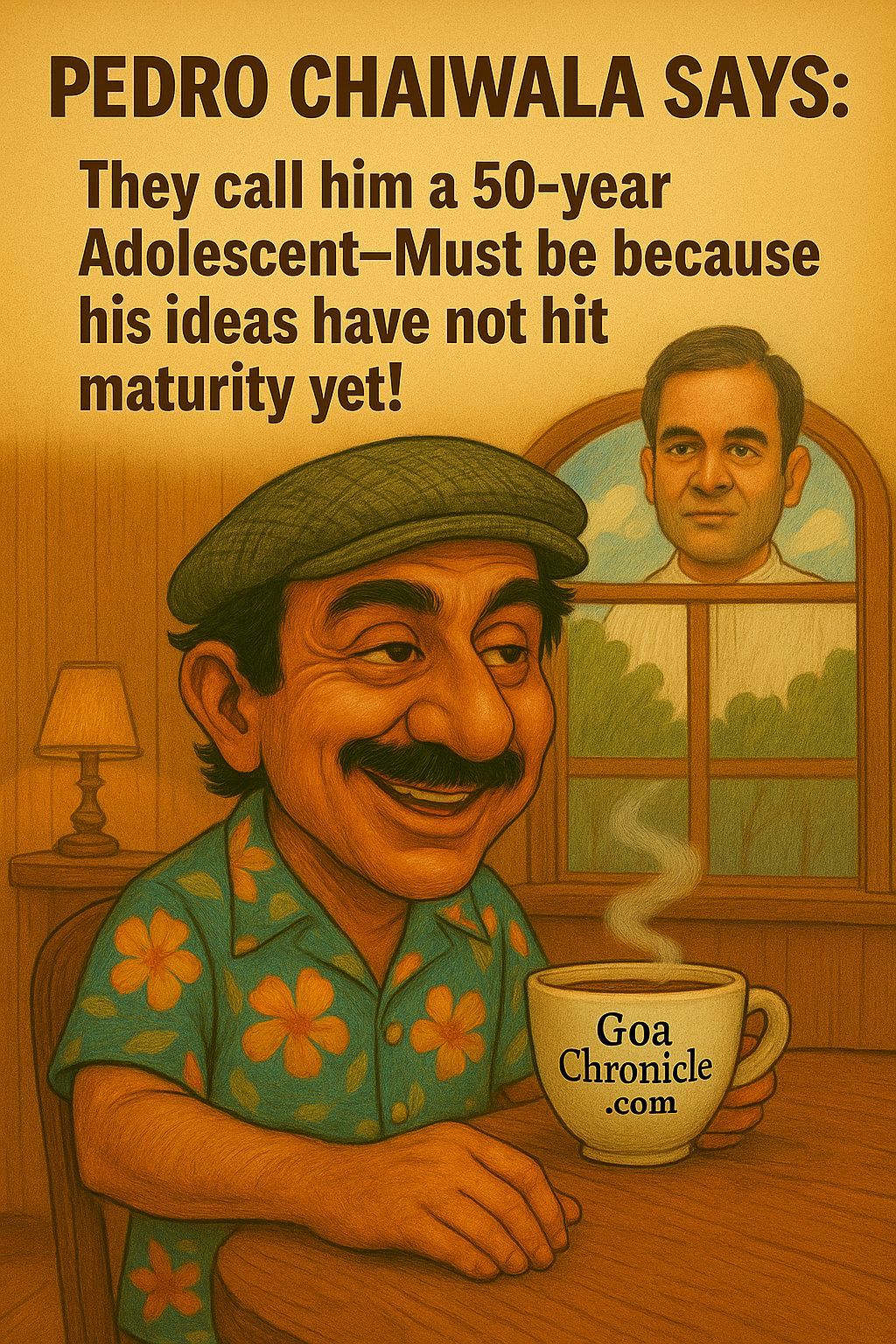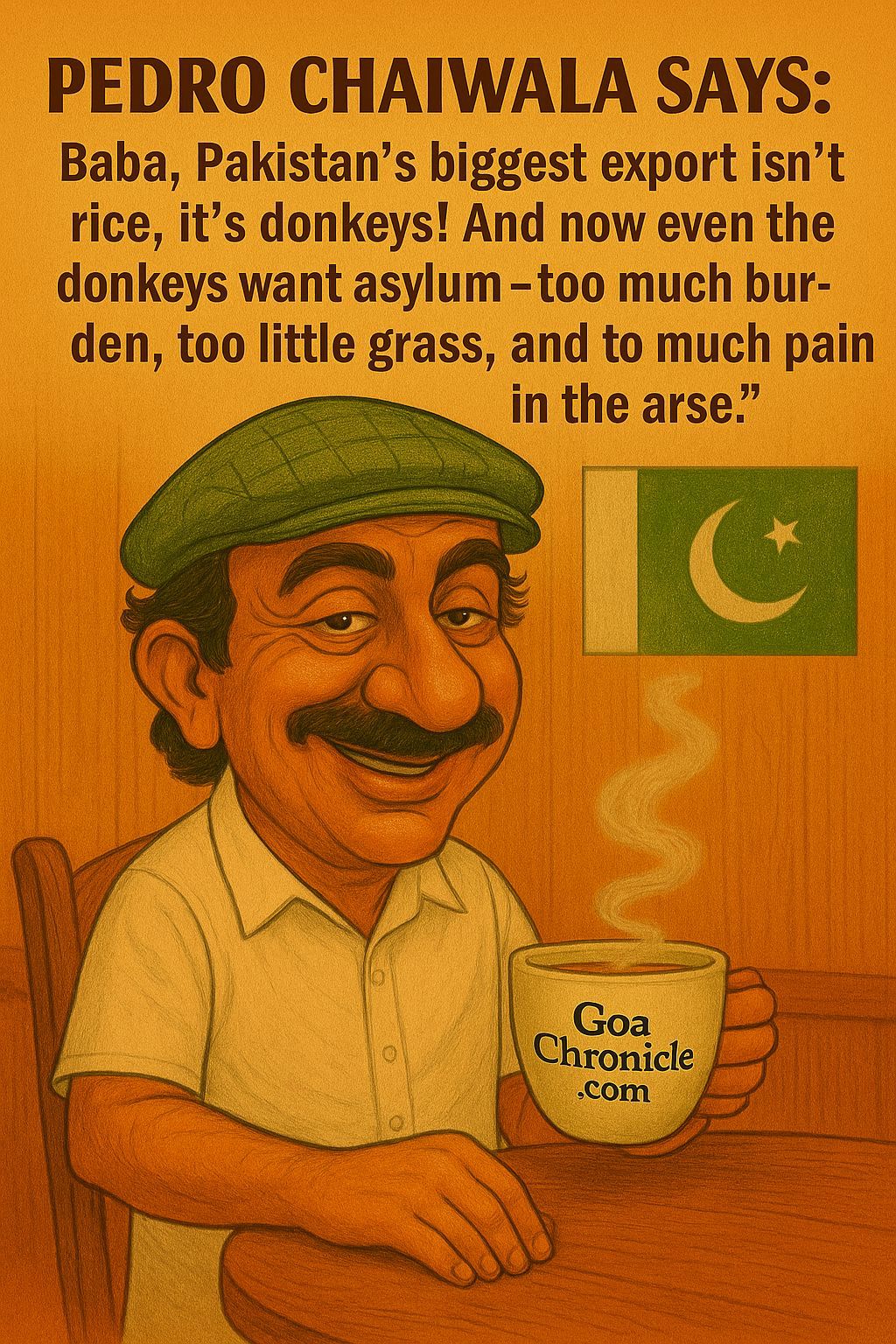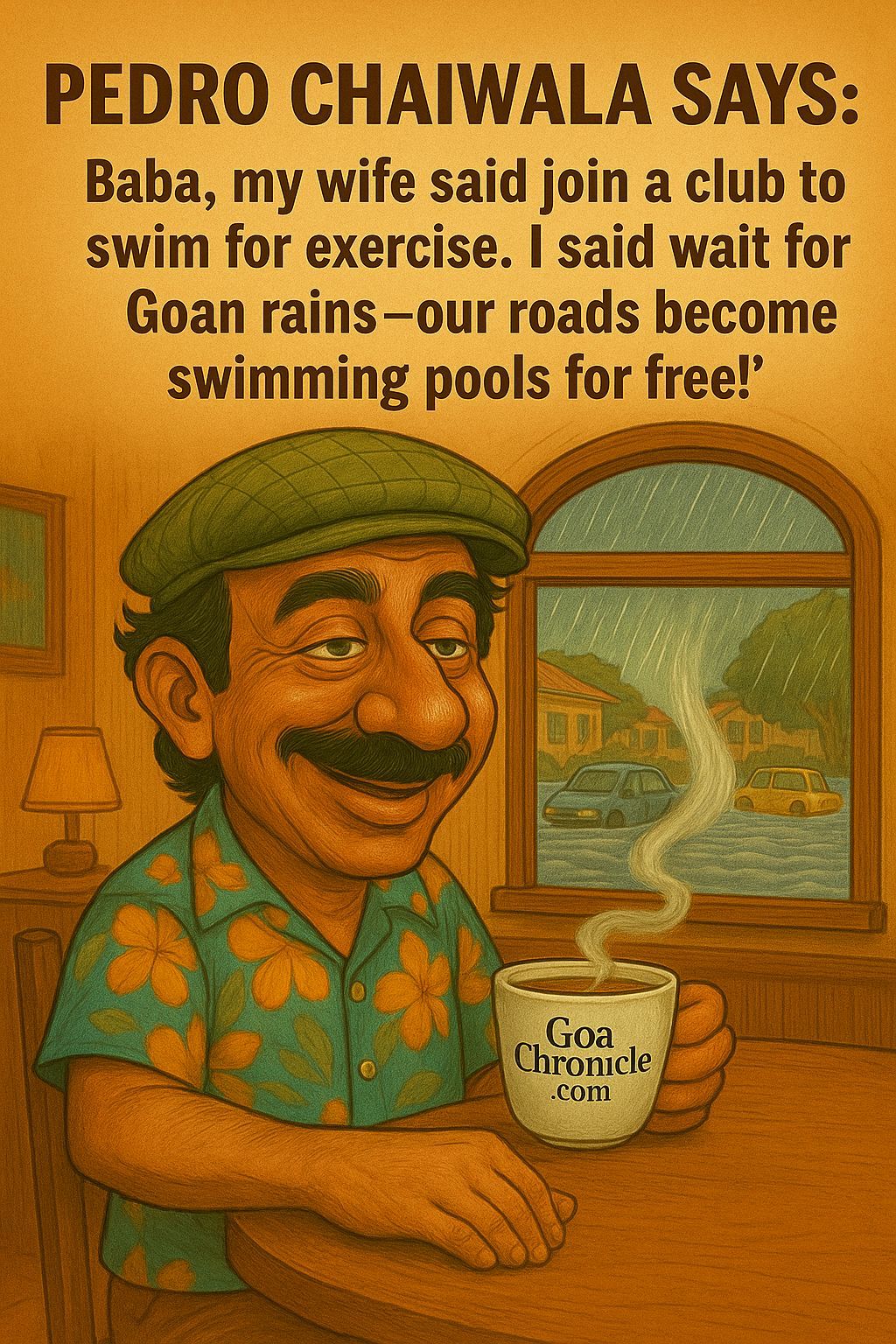For much of my life, I searched for wisdom in the pages of books, in conversations with thinkers, in the echo of sermons across religious institutions, and even in the hollow promises of modern spirituality. I consumed philosophies like a hungry man at a banquet—sampling Stoicism, sipping Sufi thought, and even indulging in Western intellectualism masked as self-help. Yet, nothing filled the void. I wasn’t looking for knowledge—I was seeking wisdom, the kind that illuminates your soul and aligns your life to truth.
It was only when I turned inward, prompted by life’s crushing uncertainties and the constant noise of a world drowning in its own ego, that I found myself standing at the doorstep of Sanatana Dharma—not as a tourist of a culture, but as a humble seeker of eternal truth.
Sanatana Dharma is not a religion. It is not an “ism.” It is the eternal way (sanatana) of righteous living (dharma). It is the heartbeat of Bharat—not confined to temples or rituals, but flowing in the rivers, whispered in the winds, and etched in the very DNA of Indian consciousness. It is where science and spirituality do not compete, but complete each other.
In this sacred space, I met Maa Saraswati—the embodiment of wisdom, speech, music, learning, and the arts. She did not come to me with sermons or scriptures. She came silently, like the rustle of a palm leaf in a Goan monsoon. She sat beside me in solitude and held my hand when I opened ancient texts like the Rig Veda or meditated upon the Gayatri Mantra. She showed me that true wisdom is not about information—but transformation.
We often mistake intelligence for wisdom. We parade degrees, quote philosophers, and debate endlessly. But wisdom doesn’t shout. It whispers. It is the knowing that emerges when your mind becomes still and your ego steps aside. That stillness is where Maa Saraswati dwells.
As a journalist, my world has been about questioning power, uncovering lies, and telling truth to the people. But Sanatana Dharma taught me that telling the truth is not enough; you must live it. This dharmic path doesn’t offer the comfort of shortcuts. It demands purity of intent, tapasya of character, and surrender of the false self we wear for the world.
The Goddess clad in white, seated on a white lotus with a veena in hand, riding a swan—not a peacock of vanity—reminds us that wisdom comes with discernment. The swan is said to separate milk from water; a metaphor for viveka, the ability to discern truth from illusion, real from superficial.
The more I walked the path of Sanatana Dharma, the more I realised why modernity fears it. It dismantles the ego. It does not offer quick fixes or spiritual shortcuts. It asks you to work—on your thoughts, your words, your karma. It places dharma above desire and seva above self. And that is where its strength lies.
To the Western mind, bound in binaries, Sanatana Dharma is confusing. There are too many gods, too many texts, too much pluralism. But therein lies its beauty. It doesn’t seek to dominate your belief but to awaken your consciousness. It gives you the tools, not the tyranny of dogma. It is the only tradition where a sage can argue with a god—and still be revered. Where even atheism can be a valid path of enquiry.
My pursuit of wisdom did not end when I found Sanatana Dharma; it began. Because the real journey is not towards acquiring knowledge, but unlearning illusion. It is not about accumulating answers, but about asking the right questions.
And the right question is this: Are you ready to remember who you truly are?
For in the echo of that question, Maa Saraswati waits—not to preach, but to awaken. Not to offer salvation, but to remind you that you are divine, you are eternal, and the wisdom you seek outside, is within you.
As I write this, not from an ashram, but from my desk in Goa, I feel her presence—silent, serene, and sovereign. And I smile. Because finally, the search has meaning.
Sanatana Dharma is not a path to be adopted. It is a truth to be remembered.
And Maa Saraswati? She was never absent. I was just not listening. Some call her Sophie. She does not belong to a religion. She belongs to humanity.







